Mikumi: In the shadow of the Uluguru Mountains
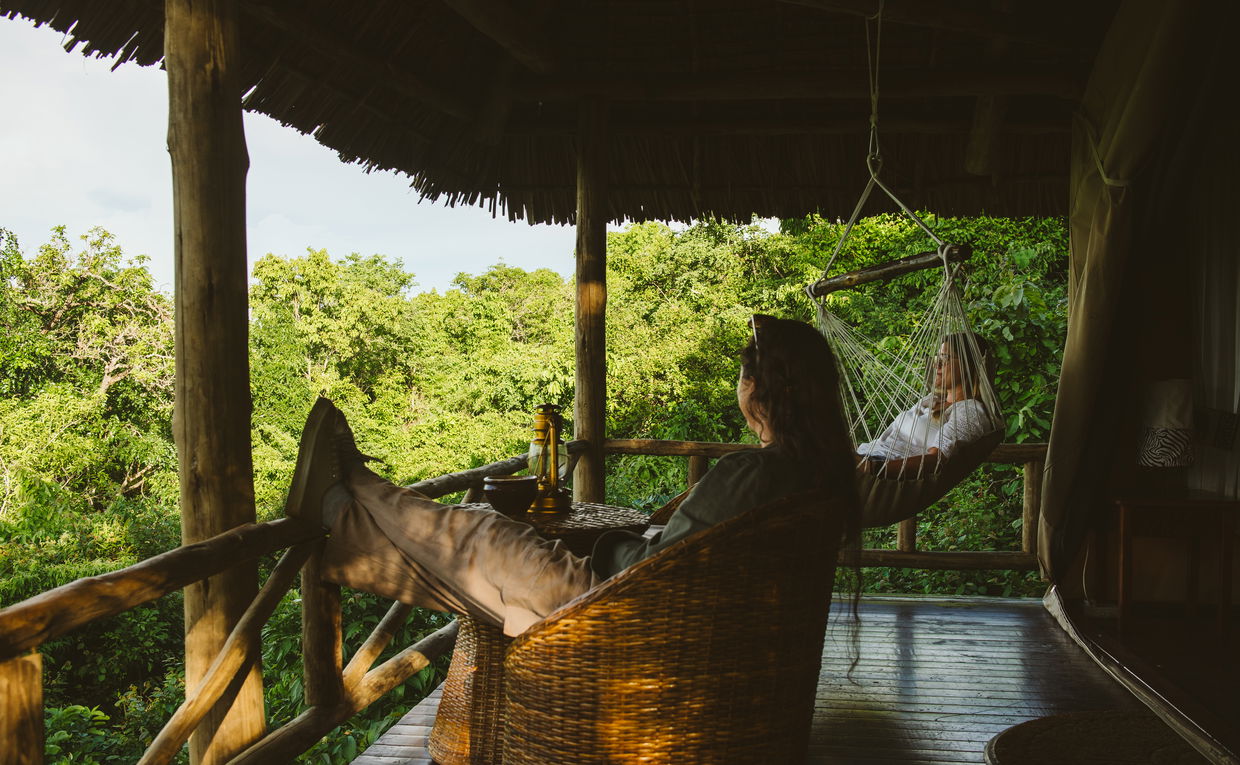
Embarking on a safari across southern Tanzania is punctuated with the anticipation of what you might see. This is even more true on a return visit to the East African country, as you already have a taste of the magic that awaits.
Embarking on a safari across southern Tanzania is punctuated with the anticipation of what you might see. This is even more true on a return visit to the East African country, as you already have a taste of the magic that awaits.
Not only does Mikumi National Park promise wildlife sightings, but its theatrics give visitors front-row seats to a spectacle of savannah plains that transmute into Miombo woodland as they venture higher up the slopes of the Uluguru and Udzungwa mountains, replete with an assortment of wildlife.
The show is about to begin.
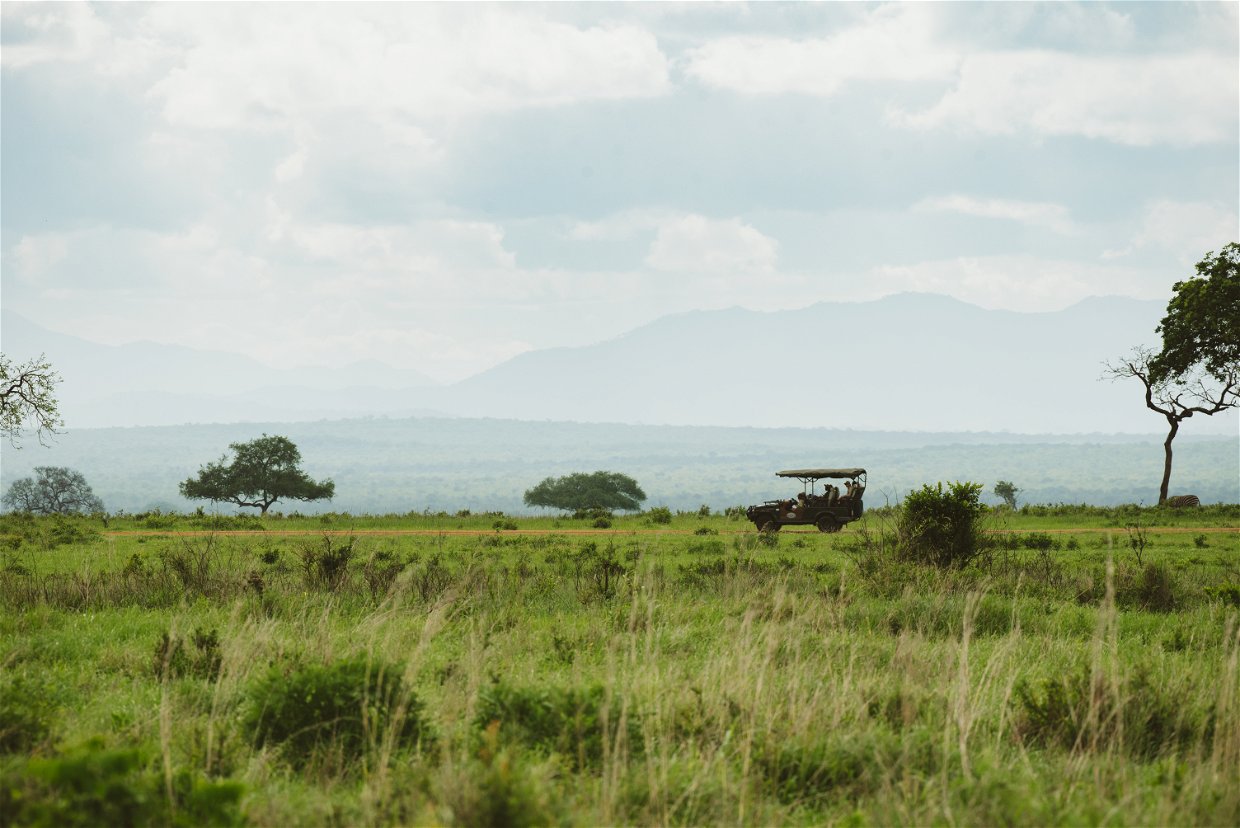
At 3 230km2 Mikumi is Tanzania’s fourth largest national park. Its size is deceptive, when you consider the density of wildlife and the park’s expanse compared to the area that most day visitors traverse. The opening act of Mikumi National Park deserves a standing ovation. Within minutes of touchdown of our Safari Air Link flight, a herd of feeding elephants, lounging lions and plains game take centre stage to welcome us on the scene.
Mikumi is the Swahili word for the borassus palm. They stand tall, observing the comings and goings of all the park’s key players. During the dry season, the Mkata Plain sees dense congregations of grazers, much to the delight of visitors.

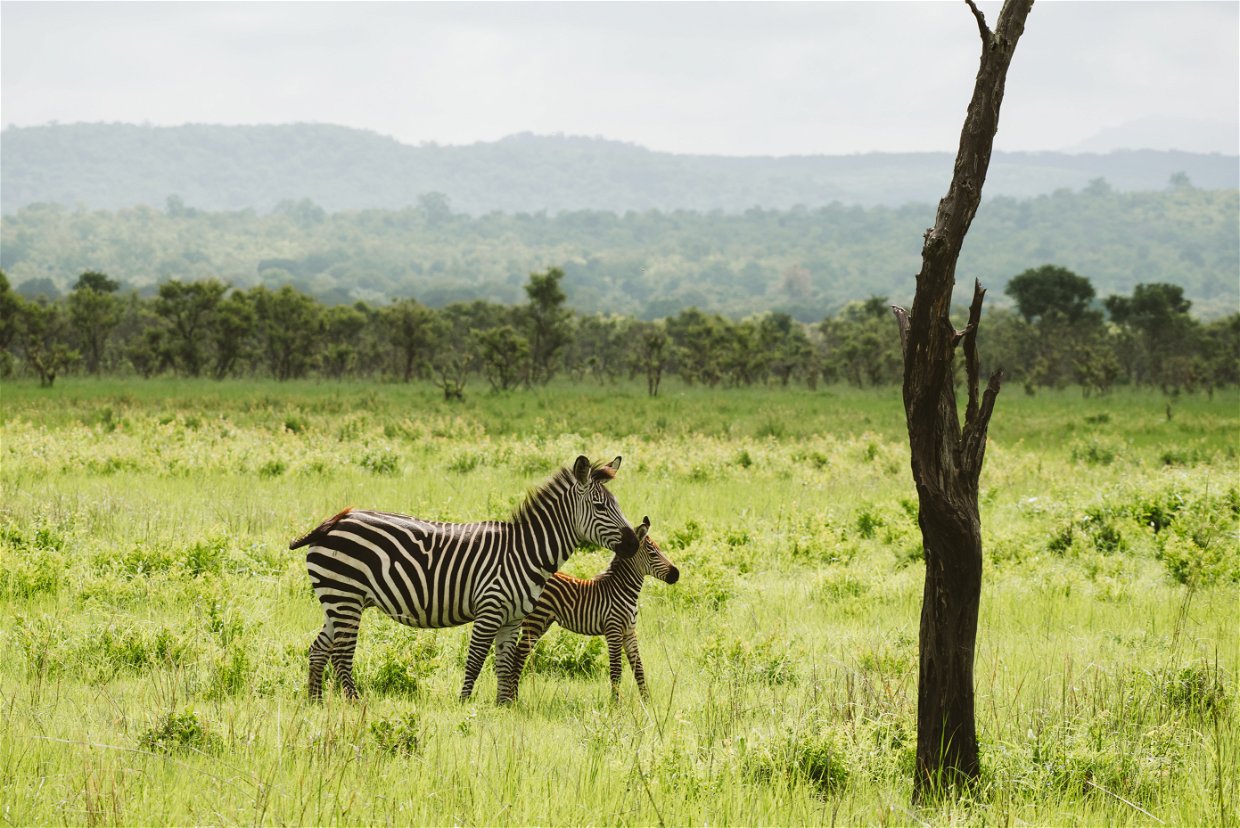
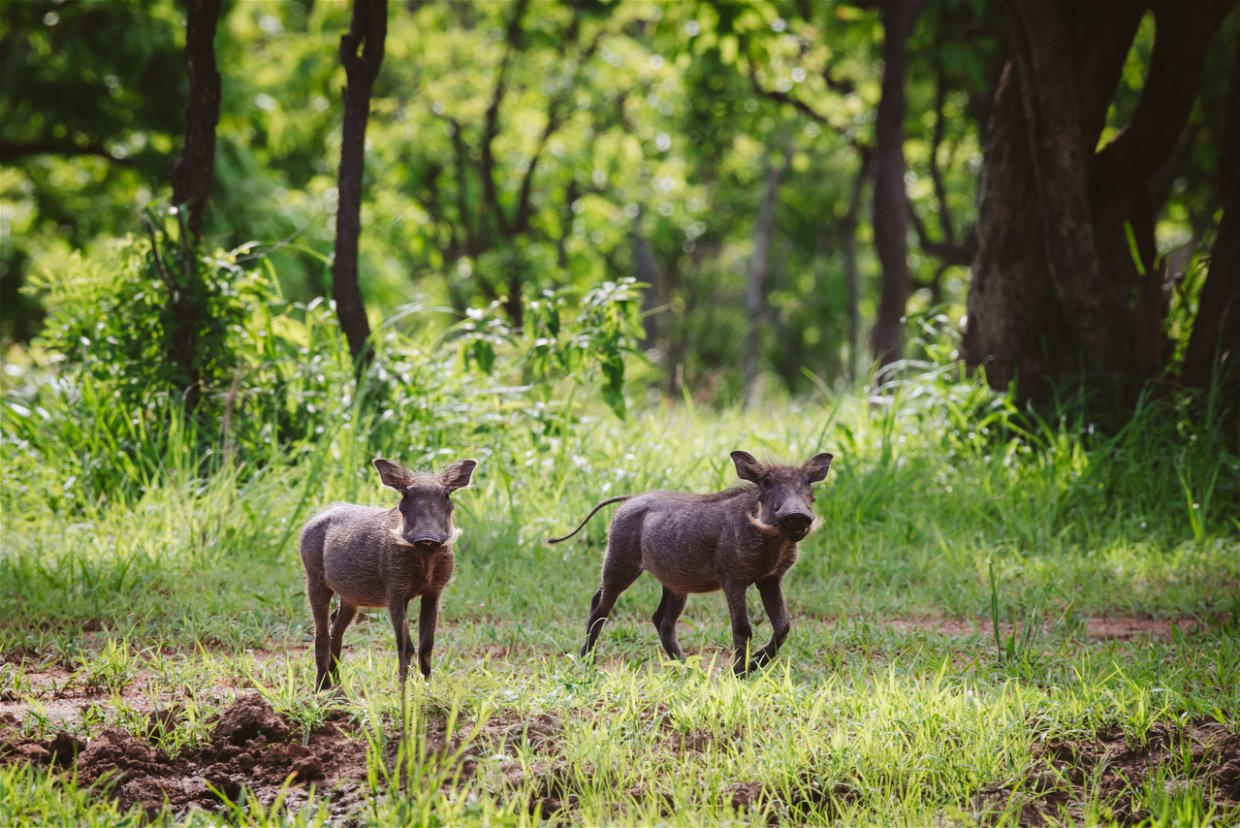
Seasoned safari goers know that this makes it a prime location for predators on the prowl – when they are not lazing under the shade of an acacia, flicking away flies with their tails; or lifelessly dangling from horizontal branches to conserve as much energy as possible in the midday heat. African Wild Dogs and tree-climbing lions also make cameo appearances from time to time.
As your safari vehicle ventures deeper into the park, the scene transitions as it undergoes a set change to dense Miombo woodlands. It is in stark contrast to Mikumi’s opening act. Age-old granite rock formations delicately rise from the plains to form the Vuma Mountains, before transforming into the Uluguru and Udzungwa mountains that outline the horizon.
Venture into the Vuma Mountains
This is the location of Vuma Hills Tented Camp. It’s secluded. And quiet. Far removed from day visitors, with no other vehicles around except for a handful of fellow guests and Tanzania National Parks (TANAPA) officials on duty. These densely forested rocky outcrops shelter some of the park’s lesser-known 400-odd bird species from endemics like the yellow-collared lovebird and white-tailed cisticola which are seen year-round to European migrants that visit during the wet season.
Dappled sunlight peers through the intertwined tree canopies allowing visitors to make out smaller mammals, reptiles and critters. Staying in an unfenced camp is like being on a never-ending game drive, as shy kudu and other species roam between Vuma Hills Tented Camp, with rumours of regular leopard sightings too.
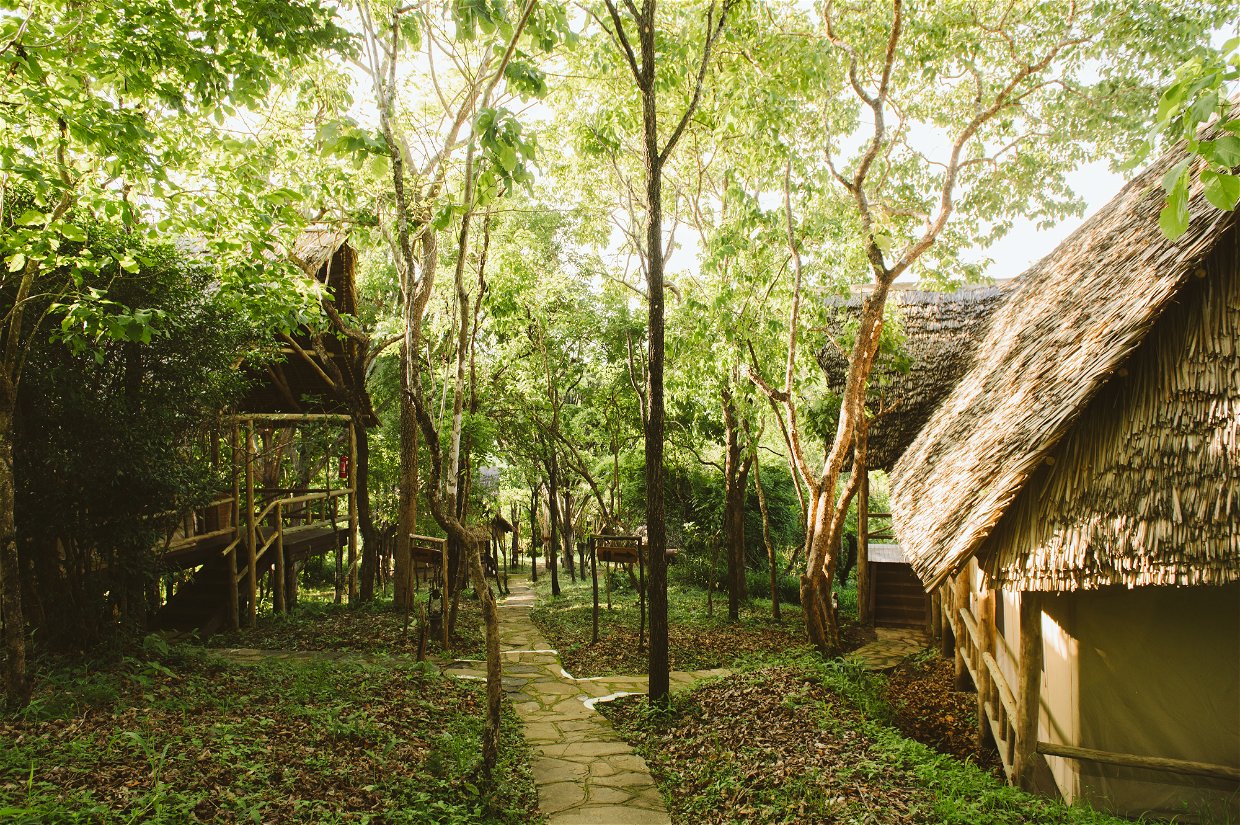
Vuma Hills Tented Camp
Overnighting in Mikumi National Park is the encore to the day-time safari experience – when the landscape once again takes on a different appearance with a costume change between sunset and twilight after the sky has burst into hues of orange, pink, purple and everything in between.
The forests reveal another highlight. One that you’re likely to hear before you see it, as nocturnal species begin to stir from a lofty height. Wide-eyed Lesser Bushbabies are the star of the show, as they leap between tree tops chased by their puffy tails. Sightings of civets and honey badgers appear to be mere supporting actors.
Vuma Hills is a permanent camp with 16 spacious tents standing atop wooden decks overlooking the plains below, beneath the shade of a makuti-thatched roof. It is part of the portfolio of properties belonging to the family-run Foxed Safari Camps. Each of the en-suite tents is elegantly furnished and fitted with all the creature comforts that guests expect of an exclusive safari. While the overhead thicket covers the camp in a cooler climate, the large swimming pool and palm-frond salas always await, especially after a sunrise game drive or guided walking safari.
Here, the animals come and go as they please. It’s the guests who need to be accompanied by Maasai guides as they move between the camp’s elevated lookout deck and their suites after dark. Bushbaby call echoes through the night. It seems that there really is no final curtain call on a visit to Mikumi National Park. It's a wildlife experience unmatched, where visitors can witness the full spectrum of southern Tanzania's incredible biodiversity.
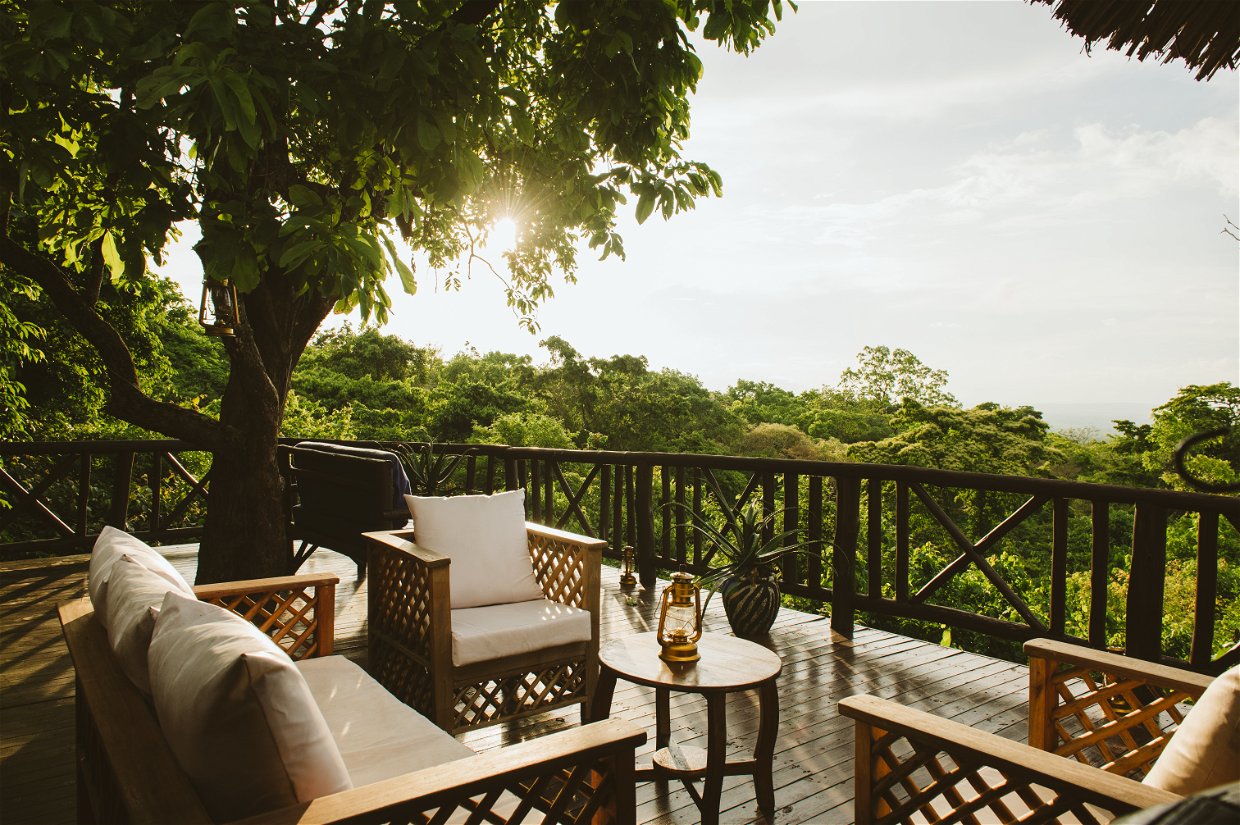
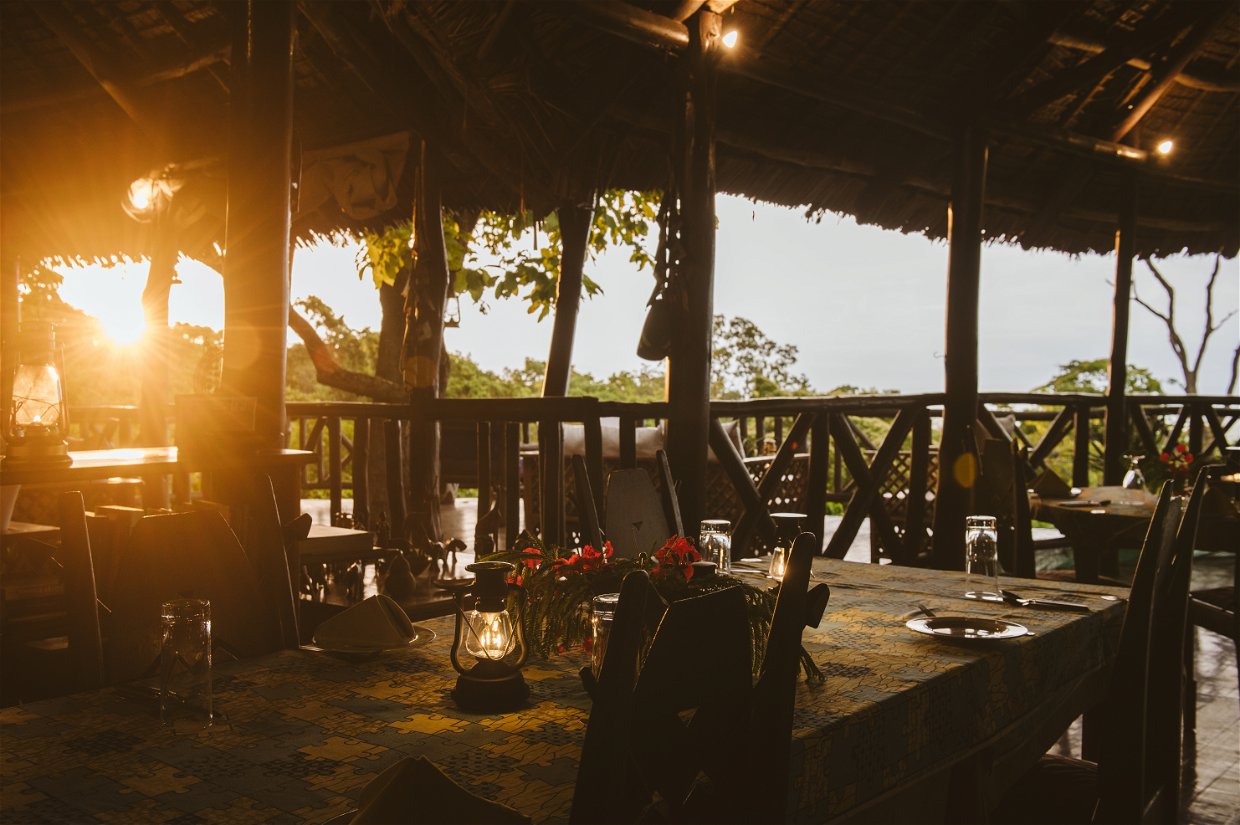
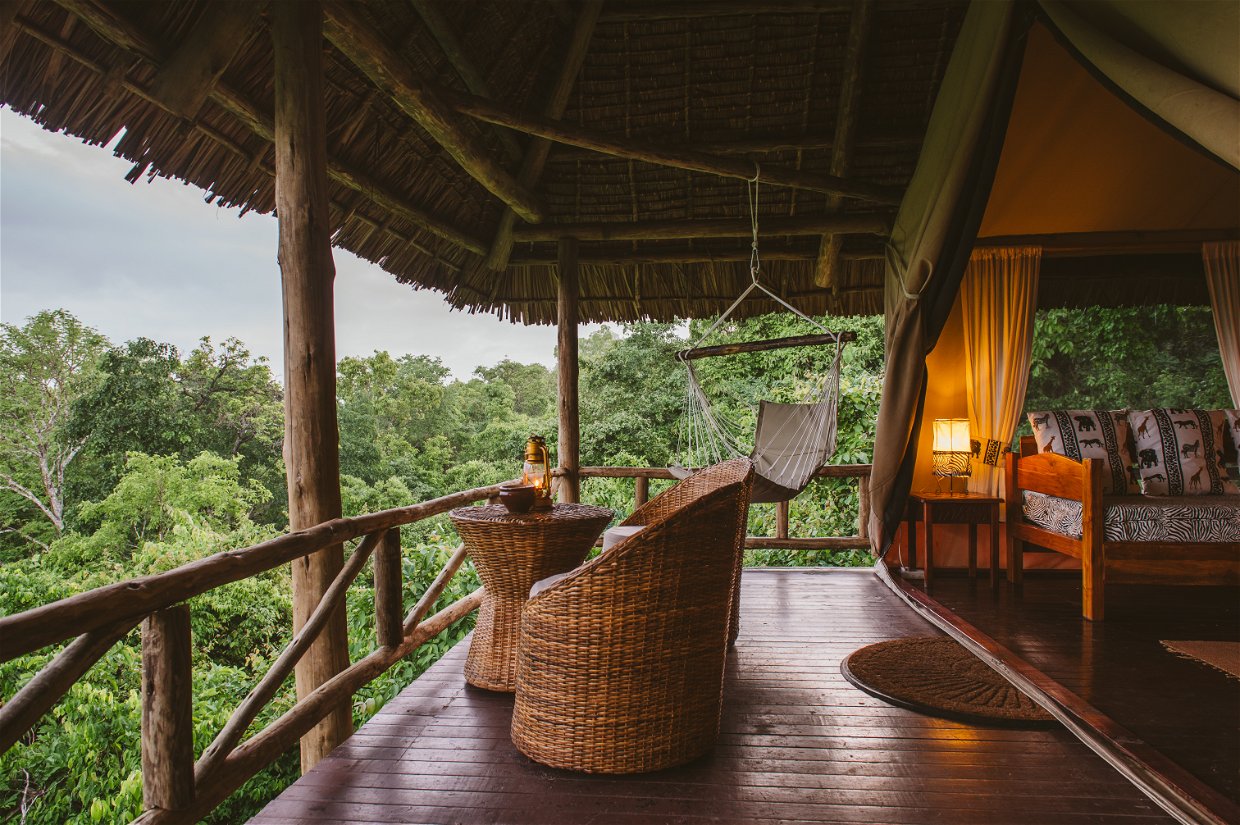
When to visit Mikumi National Park
While Mikumi National Park offers year-round wildlife sightings, the dry season (June to October) is an excellent time to visit as a large variety of animals congregate around the river and waterholes. During November and December, southern Tanzania experiences short bursts of rain. From January onwards, the wet season brings with it a different experience through the changing landscape, with March and April being the wettest months. Regardless of the weather or season, Vuma Hills Tented Camp remains open – at the ready to wow guests – throughout the year.
How to get to Vuma Hills Tented Camp
Whether driving or flying, getting to Mikumi National Park is something special. When driving from Julius Nyerere International Airport in Dar es Salaam along the tarred A-7 highway, the time it will take you to cover the 300 km stretch depends on how many game viewing stops you take along the way. Safari Air Link, Foxes Safari Camps’ sister company, operates regular, scheduled flights from Dar es Salaam and Zanzibar to Mikumi, which continue onwards to Ruaha National Park, making it convenient to visit, even if you have limited time in Tanzania.
Further Reading
Foxes Safari Camps, a family-owned portfolio of seven camps and lodges across southern and western Tanzania, has been awarded Gold in the ‘Can an All-Inclusive be Responsible?’ category at the 2025 WTM Africa Responsible Tourism Awards, held at the Cape Town International Convention Centre on 10 April.
Far removed from the trodden tyre tracks of more frequented national parks and safari camps, I'm wallowing in the private plunge pool of our spacious Meru-style, tented suite at Katavi Wildlife Camp, indulging in a moment of solitude. Or so it seems. The silence is punctuated by the unmistakable sound of cracking branches, which signals that elephants are on my doorstep.
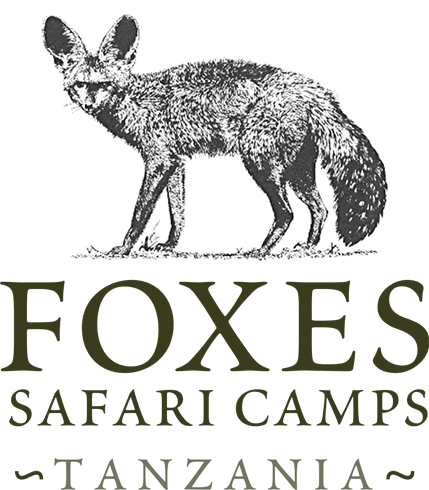

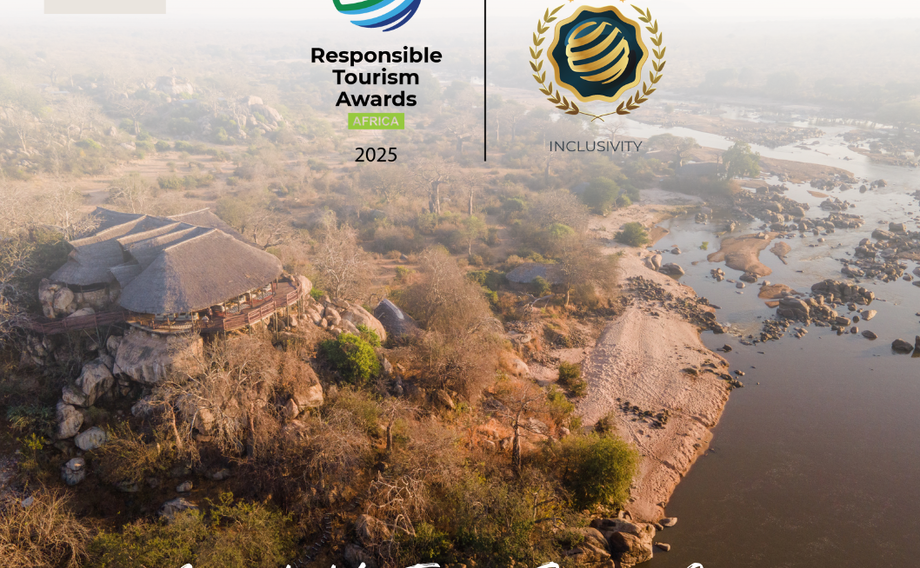
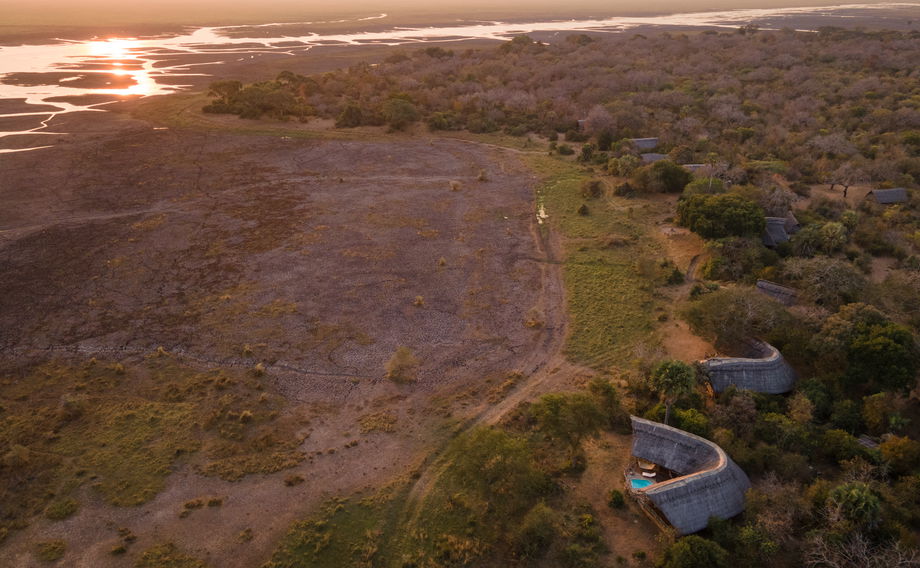
Share This Post